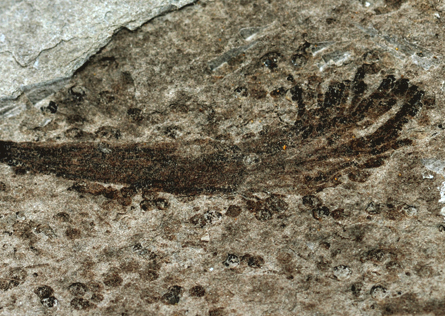Life
Spider likes smelly socks, plus more in this week's news

Collective decisions made by ant colonies can be rational even when individual colony members would not be. When offered a tricky choice between possible nest sites, Temnothorax rugatulus colonies showed roughly the same preference regardless of whether researchers added a decoy. That decoy, a third option clearly inferior to one of the other choices, typically skews human preferences for the original two options, even though the originals don’t change. Ants alone, but not collectively, fell into the same trap, Takao Sasaki and Stephen Pratt of Arizona State University in Tempe report in an upcoming Behavioral Ecology. —Susan Milius
Flocking is driving me crazy
Ravens roosting and feeding in big, loose flocks surprised an international team of researchers by showing higher concentrations of a stress hormone than did raven pairs in the same forest doing the presumably demanding task of defending their own territories. In the off-season for breeding, even males maintaining a territory didn’t have corticosterone concentrations as high as their free-styling, flock-living neighbors in Poland’s Białowieża forest. Such findings could inspire more research on links between hormones and the evolutionary pressures on gregarious or territorial life among long-lived species, an international team of researchers reports in an upcoming
Biology Letters
. —
Susan Milius
Bats make friends
They probably don’t poke each other to say hello, but bats form social networks and will roost with old friends, finds a new analysis of colonies of Bechstein’s bats. In loose groups where members come and go, the capacity to maintain long-term social relationships has been found in just a few high-functioning animals such as primates, dolphins and elephants. The discovery that bats form bonds that aren’t tightly driven by blood relationships suggests that social complexity isn’t as exclusive as presumed, German and Swiss researchers report February 8 in the
Proceedings of the Royal Society B
. —
Rachel Ehrenberg






